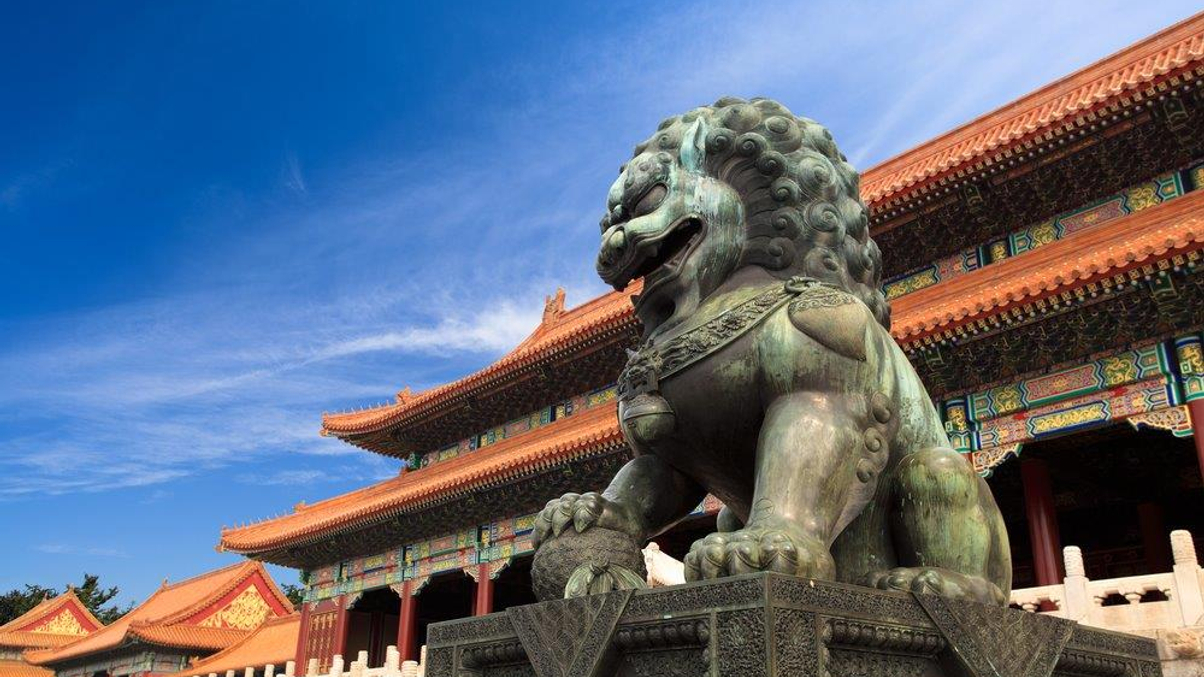Chinese insurers’ HK assets disclosed: reports
HK dollar investments account for 82% of mainland insurers' offshore portfolios, according to China's insurance regulator, cited by local media. This was reportedly the first disclosure of such data.

Caution still reigns for Chinese insurers when it comes to offshore investments – as is shown by the fact that 82% of their Rmb93.5 billion ($15.3 billion) in foreign allocations are in Hong Kong dollar-denominated assets, according to data from the China Insurance Regulatory Commission (CIRC) cited by local media.
Sign In to Your Account
Access Exclusive AsianInvestor Content!
Please sign in to your subscription to unlock full access to our premium AI resources.
Free Registration & 7-Day Trial
Register now to enjoy a 7-day free trial—no registration fees required. Click the link to get started.
Note: This free trial is a one-time offer.
¬ Haymarket Media Limited. All rights reserved.


